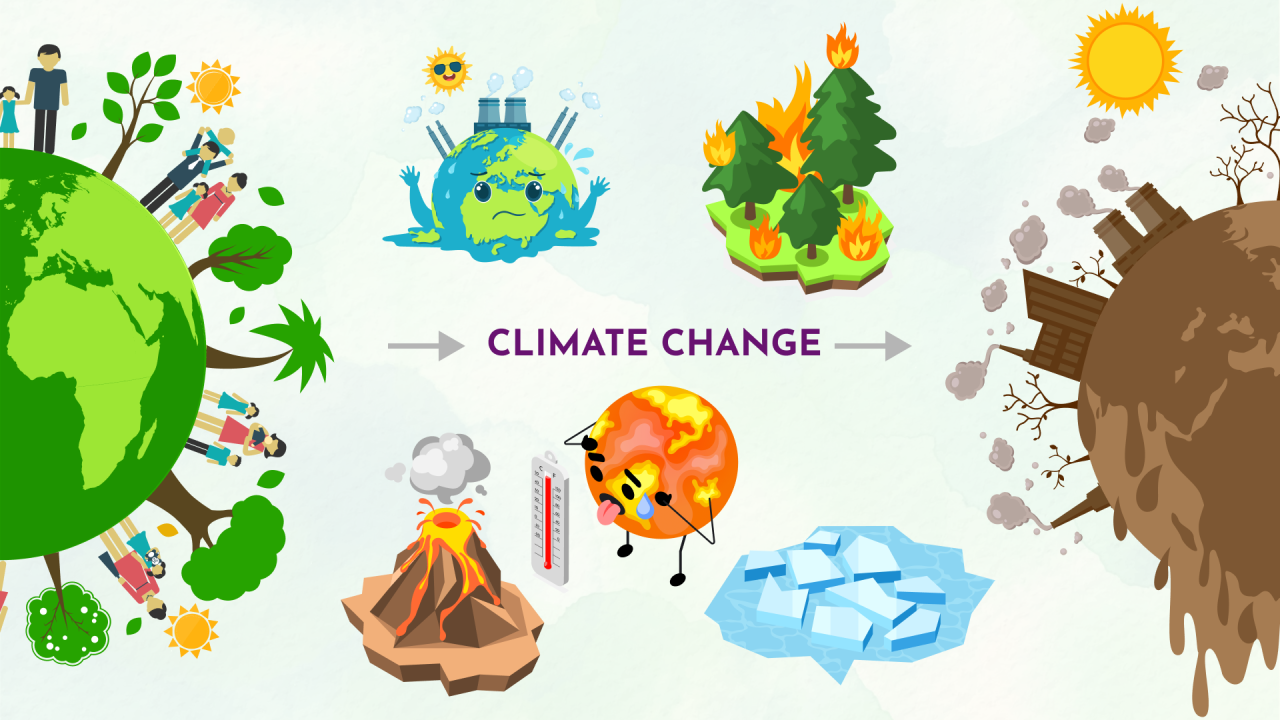Font size:
Print
Venus
Context:
A study published in Nature Astronomy suggests evidence from researchers that Venus’ surface displays lava flows, indicating a higher level of volcanic activity than previously believed.
More on News:
- Scientists have discovered evidence of eruptions at two additional sites through a new analysis of decades-old radar images.
- Researchers from Italy’s International Research School of Planetary Sciences discovered new rock formations on Venus’ surface.
- Due to lava flows on the western side and the lowland regions.

Key Highlights:
- Volcanic Activity: Radar images taken by NASA’s Magellan spacecraft from 1990-1992 showed evidence of fresh lava flows at two locations in the Venusian northern hemisphere.
- Comparable to Earth: The activity appears to be comparable to that of Earth.
- The planet’s surface has shield volcanoes, similar to Earth’s, formed by low-viscosity lava flows.
- Sif Mons: One of the sites showing evidence of a shield volcano about 200 miles (300 km) wide in Eistla Regio region.
- The before-and-after radar images reveal a lava flow covering approximately 12 square miles (30 square km) of rock.
- Niobe Planitia: The other site is a large volcanic plain where approximately 17 square miles (45 square km) of rock was produced by lava flows.
- New Rock Formation: The newly formed rock at both locations has an estimated average depth ranging from about 10 to 66 feet (three to 20 meters).
- Flow Patterns: The lava flows exhibit linear features with sinuous patterns, following the direction of the maximum slope.
- Future Research: Missions to Venus, such as VERITAS and EnVision.
- The study of the planet’s volcanic activity will be further enhanced by comparing data to the Magellan mission over a 40+ year period.
About Venus:
- It is the second planet from the Sun and Earth’s closest planetary neighbor.
- The third brightest object in the sky after the Sun and Moon.
- It is often referred to as Earth’s “evil twin” due to their similar sizes and compositions.
- Venus, named after the Roman goddess Aphrodite, is the only planet named after a female deity, with most features named for women.
- It has a dense atmosphere composed mainly of carbon dioxide, creating an intense greenhouse effect that makes it the hottest planet in the Solar System.
- The atmospheric pressure at the surface is 92 times greater than Earth’s, equivalent to being 1 km deep in the ocean.
- It has the longest rotation period of 243 Earth days to complete one rotation on its axis.
- Its orbital period around the Sun is 225 Earth days, meaning a year on Venus is shorter than a day.
- The surface is dominated by shield volcanoes, highland regions, and lowland plains.
- According to estimated volcanic flow rates Venus could be as active as Earth, with up to 120 discrete eruptions per year.
- Future missions like VERITAS and EnVision are planned to further study Venus’s surface and volcanic activity.


